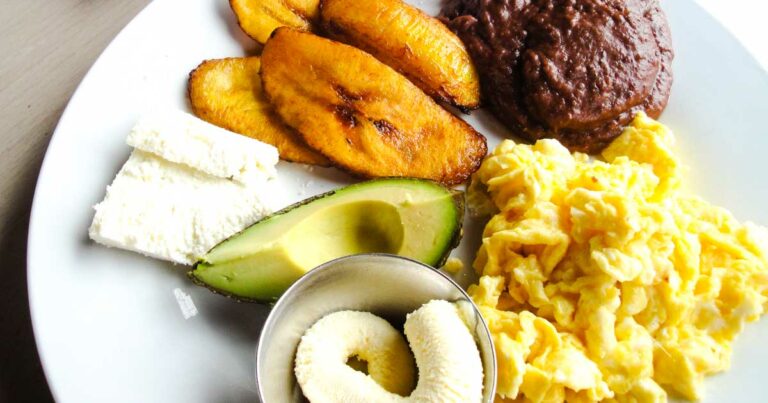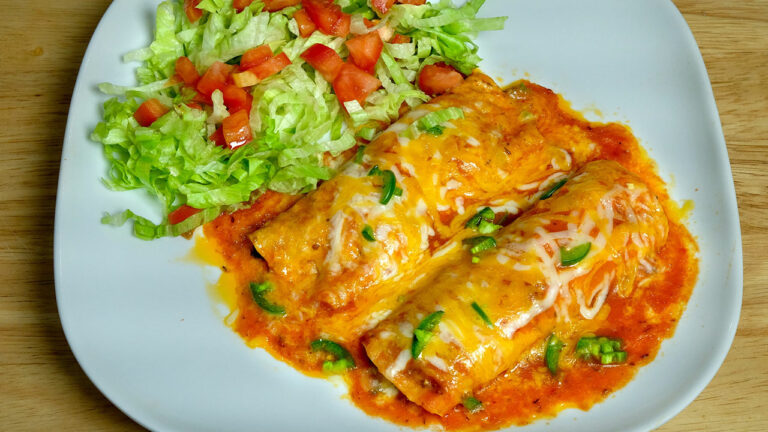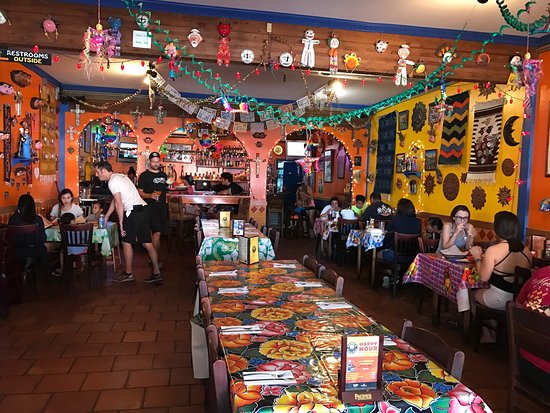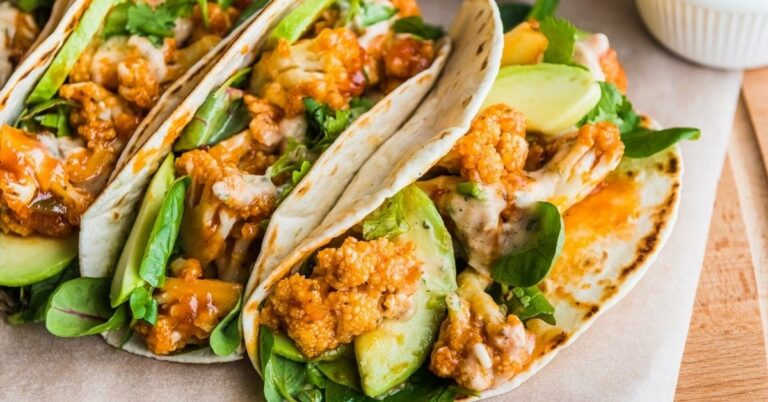Introduction: Honduran cuisine overview
Honduran cuisine is a vibrant mix of Spanish, African, and indigenous influences. The country’s varied geography, including its coastal regions, mountains, and tropical forests, has led to a diverse culinary tradition. Honduran cuisine is characterized by its use of fresh herbs and spices, tropical fruits, and seafood.
Historical and geographical factors
Throughout history, Honduras has been influenced by various cultures, including the Mayans, Spanish, and Africans. These influences are reflected in the country’s cuisine. The coastal regions of Honduras have a strong seafood culture, while the mountains provide fertile ground for growing ingredients such as vegetables, beans, and fruits. The country’s proximity to Mexico has also led to Mexican influences in Honduran cuisine.
Common ingredients in Honduran cuisine
Some of the most common ingredients in Honduran cuisine include corn, beans, rice, plantains, yucca, and seafood. Herbs and spices such as cilantro, oregano, garlic, and cumin are also commonly used. Fruits such as mangoes, papayas, and pineapples are also popular in Honduran cuisine.
Mexican influences in Honduran cuisine: similarities
There are several Mexican influences in Honduran cuisine. Both cuisines make use of corn as a staple ingredient, and tortillas are a common element in both. Chiles are also used extensively in both cuisines, with the habanero pepper being a popular choice in Honduran cuisine. Tamales, which are a traditional Mexican dish, are also popular in Honduras.
Mexican influences in Honduran cuisine: differences
While there are similarities between the two cuisines, there are also differences. Honduran cuisine tends to be less spicy than Mexican cuisine, with milder chiles being used. Honduran cuisine also makes more use of seafood, due to the country’s coastal location. Additionally, while tamales are popular in both cuisines, the Honduran version tends to be larger and sweeter than the Mexican version.
Conclusion: the fusion of cultures in Honduran cuisine
In conclusion, Honduran cuisine is a rich blend of various cultural influences, including Mexican. While there are some similarities between the two cuisines, Honduran cuisine has its own unique flavors and ingredients. The fusion of cultures in Honduran cuisine is a testament to the country’s diverse history and geography.










